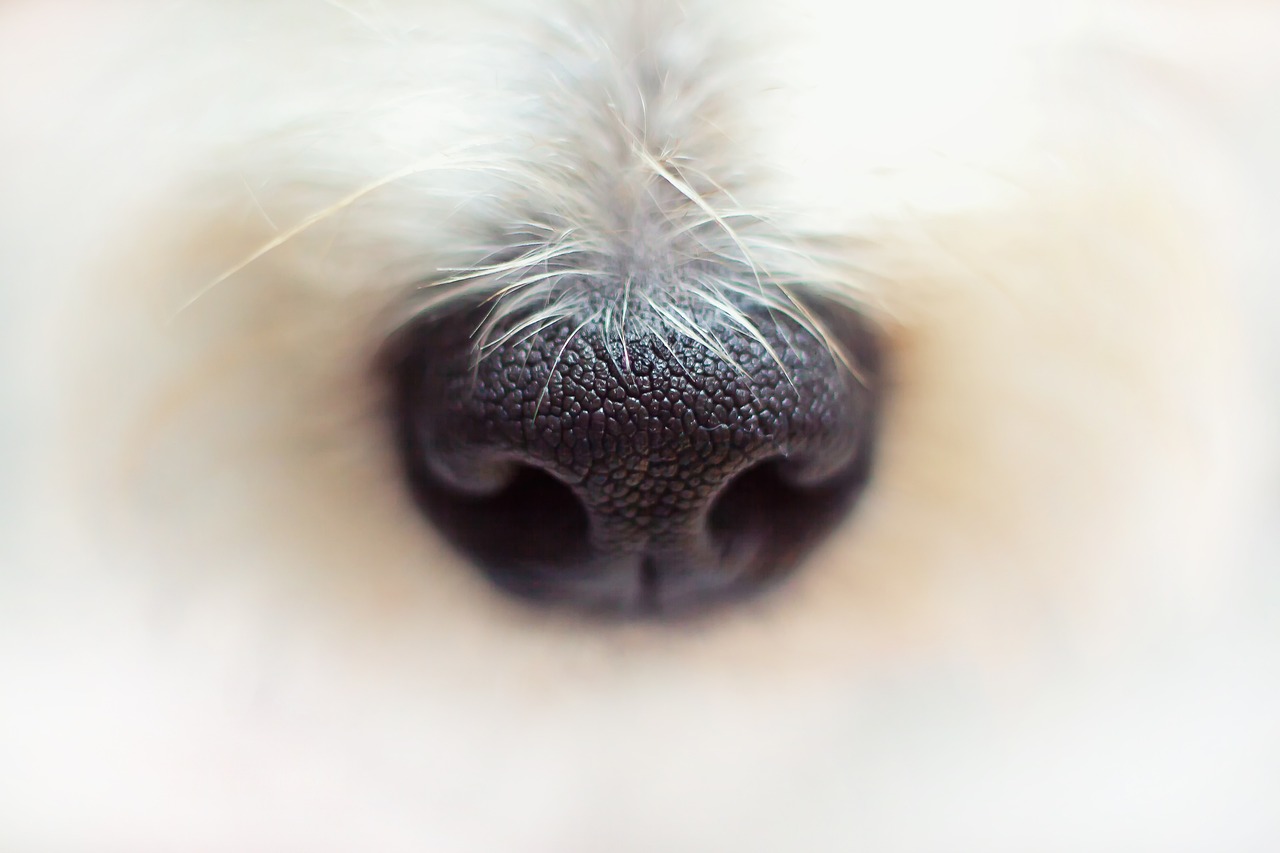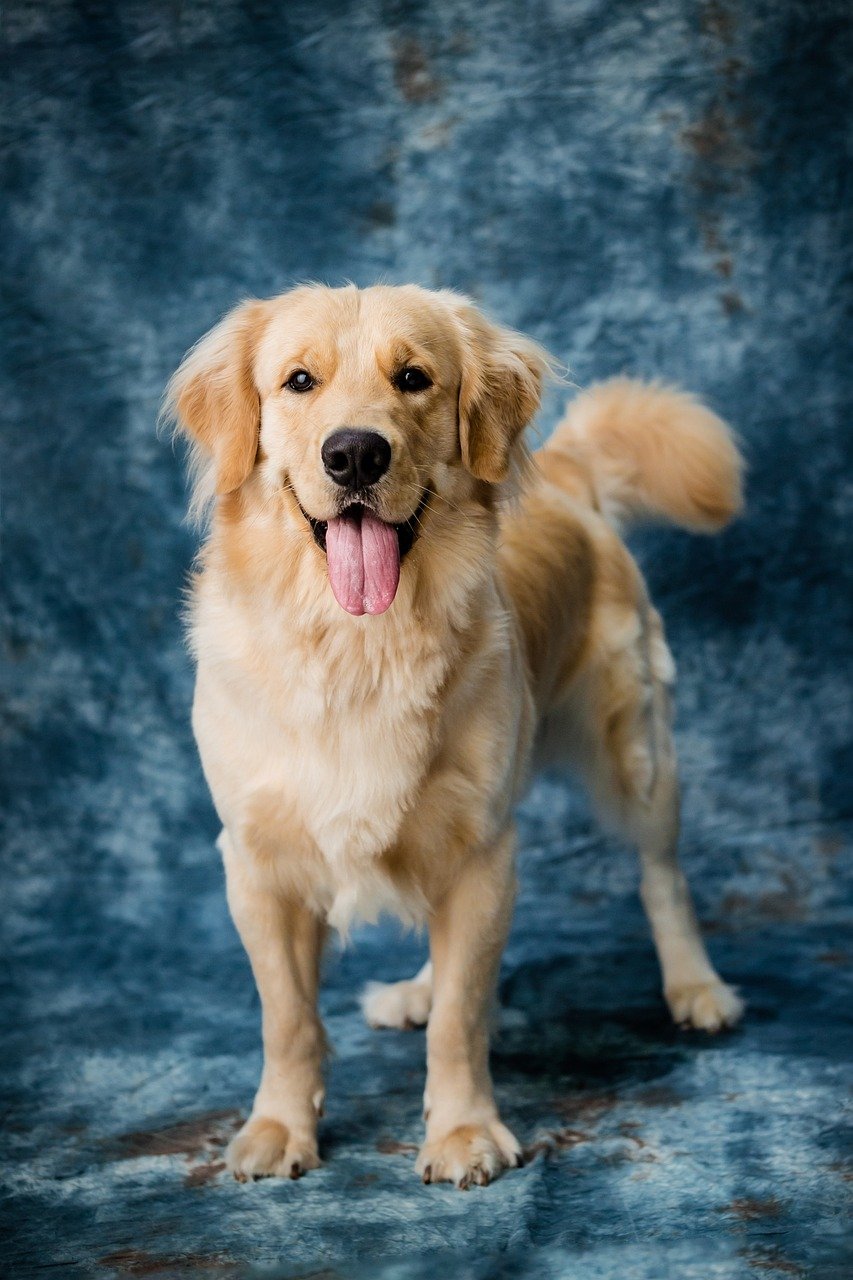The Pekingese dog, with its regal heritage and charming demeanor, captivates dog lovers worldwide. This breed boasts a fascinating history, rich personality traits, and unique characteristics that make it an exceptional companion. Understanding the essence of the Pekingese requires exploring its origins, physical traits, and specific care needs. Consequently, if you’re considering inviting a Pekingese into your home, you must grasp what sets this breed apart. Dive deeper into the allure of the Pekingese dog and learn the essentials for nurturing a happy and healthy furry friend.
History of the Pekingese Dog

The Pekingese dog boasts a rich history that dates back over 2,000 years. Originating from China, these small yet dignified dogs were highly regarded by Chinese royalty, particularly during the Tang and Ming dynasties. Here are some key points about their fascinating past:
- Royal Companions: The Pekingese were bred to be lap dogs for emperors, offering companionship and warmth.
- Symbol of Status: Owning a Pekingese dog indicated wealth and high social standing, prompting many aristocrats to keep them.
- Unique Origins: Legends suggest that these dogs descended from a lion and a marmoset, lending them a unique mystique.
- Western Introduction: The breed entered the Western world in the late 1800s, notably after a soldier brought a few back from China following the Second Opium War.
Today, the Pekingese dog remains a beloved companion, sharing its charming lineage with families around the globe. Their imperial heritage not only adds to their allure but also underscores their enduring popularity.
Unique Characteristics of the Pekingese

The Pekingese dog stands out with its remarkable features and charming disposition. Understanding these unique characteristics is essential for any potential owner. Here’s what makes the Pekingese truly special:
- Compact Size: The Pekingese is a small dog, typically weighing between 7 to 14 pounds. This compact size makes them an ideal companion for apartments and small homes.
- Distinctive Coat: Their long, flowing double coat is not just beautiful; it also serves as insulation, protecting them from cold weather. Regular grooming is necessary to maintain their coat’s health.
- Lion-Like Appearance: With a flat face, large, expressive eyes, and a mane-like coat around the neck, the Pekingese looks regal and lion-like, reflecting their history as a companion of Chinese royalty.
- Confident Attitude: Often described as loyal yet independent, the Pekingese dog carries itself with regal poise, showcasing a fearless personality despite its small stature.
These characteristics make the Pekingese not just a pet, but a cherished companion that adds joy and warmth to any household.
Understanding the Pekingese Personality

The personality of a Pekingese dog is as distinct as its appearance. This breed exudes confidence and independence while forming strong bonds with their owners. Here are key traits that define the Pekingese personality:
- Affectionate: Pekingese dogs are known for their loving nature. They often seek companionship and enjoy snuggling with their people.
- Loyal: These dogs form deep attachments to their families, making them fiercely loyal companions. They will protect their loved ones at all costs.
- Stubbornness: Expect a bit of a challenge during training. The Pekingese can be quite willful. Consistent and patient training methods work best.
- Playful: Despite their regal demeanor, Pekingese love to play. Regular interactive playtime keeps them mentally stimulated and happy.
In comparison to other breeds, the Pekingese dog is uniquely charming and dignified. Their blend of independence and affection creates a delightful companionship, making them a cherished addition to any household. Embrace their quirks – you’ll find yourself entranced by their personality!
Physical Traits of the Pekingese
The Pekingese dog boasts distinct physical characteristics that set it apart from other breeds. These dogs are compact, boasting a sturdy build that exudes both elegance and strength. Here are some key traits to consider:
- Size: Pekingese dogs typically weigh between 7 to 14 pounds.
- Height: Their height ranges from 6 to 9 inches, making them perfect lap companions.
- Coat: They flaunt a long, flowing double coat that comes in various colors, including gold, black, and brindle.
- Face: Their unique flat face, with a short muzzle and large dark eyes, gives them an adorable yet regal appearance.
| Trait | Description |
|---|---|
| Weight | 7 to 14 pounds |
| Height | 6 to 9 inches |
| Coat | Long double coat |
| Eye Color | Large, dark |
The Pekingese dog’s confident stance, combined with its charming physical features, makes this breed irresistibly captivating. Acknowledging these traits is essential for any future owner ready to welcome this delightful companion into their home.
Common Health Issues in Pekingese Dogs
Pekingese dogs are generally robust, but like any breed, they face specific health challenges. Awareness of these common issues ensures better care and longevity for your furry friend. Here are some prevalent health concerns to watch for:
- Brachycephalic Airway Syndrome: Due to their short snouts, Pekingese dogs may struggle with breathing. Keep an eye out for snoring or labored breathing, especially during heat.
- Corneal Ulcers: The prominent eyes of a Pekingese can lead to injuries or infections. Regular eye examinations can help prevent serious complications.
- Patellar Luxation: This knee condition can cause discomfort or lameness. Routine vet check-ups will help identify this early.
- Obesity: Pekingese dogs have a tendency to gain weight. A balanced diet and regular exercise are crucial to keep them fit.
- Dental Issues: Their small mouths can lead to overcrowded teeth and associated dental problems. Implement a dental care routine to promote oral health.
By understanding these potential health issues, you can ensure your Pekingese dog thrives, leading to a happier and healthier life.
Grooming Needs for Pekingese
Caring for a Pekingese dog requires dedicated grooming efforts to keep their coat healthy and beautiful. The Pekingese boasts a long, flowing double coat that needs regular attention. Here’s a concise guide:
- Brushing: Brush your Pekingese dog at least twice a week to prevent matting. Use a wide-toothed comb for their thick coat.
- Bathing: Bathe your Pekingese only once every few months, or when they are particularly dirty. Over-bathing can strip their natural oils.
- Nail trimming: Trim their nails monthly to avoid discomfort and potential health issues.
- Ear cleaning: Check their ears weekly for dirt and wax build-up. Clean them gently with a vet-recommended solution.
- Eye care: Pekingese dogs are prone to tear staining. Wipe their eyes daily with a damp cloth to maintain cleanliness.
By establishing a regular grooming routine, you can help your Pekingese dog thrive and look stunning. Investing time in grooming enhances your pet’s comfort and overall health!
Training Tips for Pekingese Owners
Training your Pekingese dog requires patience and consistency. This breed is known for its strong-willed nature, which means you need to approach training with firmness and love. Here are some effective tips to ensure successful training:
- Start Early: Begin training while your Pekingese is a puppy. Early socialization helps them grow into well-adjusted adults.
- Use Positive Reinforcement: Reward your Pekingese dog with treats, praise, or playtime when they follow commands. This encourages good behavior and strengthens your bond.
- Keep Sessions Short: Pekingese dogs have short attention spans. Limit training sessions to 5-10 minutes, and repeat them several times a day.
- Be Consistent: Use the same commands and cues for actions. Consistency helps your Pekingese dog understand what you expect.
- Socialize: Expose your Pekingese to various people, pets, and environments. This reduces anxiety and builds confidence.
By following these training tips, your Pekingese dog will not only learn commands but also thrive as a happy, well-mannered companion. Embrace the challenge, and enjoy the rewards of training!
Socialization Practices for Pekingese Dogs
Socializing your pekingese dog is crucial for fostering a well-adjusted companion. This breed can be somewhat aloof, so early and consistent socialization makes a significant difference. Follow these tips to effectively socialize your pekingese dog:
- Start Early: Begin socializing your Pekingese puppy within the first few months. This sets the foundation for their interactions with people and other animals.
- Exposure to Different Environments: Take your Pekingese on walks in various locations. New sights, sounds, and smells will help them adapt and feel more confident.
- Positive Reinforcement: Use treats and praise to reward your pekingese dog for calm behavior when encountering new experiences. This builds positive associations.
- Playdates: Arrange supervised playdates with well-socialized dogs. This practice provides a low-pressure environment for your Pekingese to learn social cues.
- Obedience Classes: Consider enrolling your Pekingese in a puppy socialization class. Qualified trainers can guide you on effective interactions and reinforce good behavior.
By committing to these socialization practices, you ensure your pekingese dog grows into a friendly, confident, and well-rounded pet.
Socialization Practices for Pekingese
Socializing your pekingese dog is crucial for fostering a well-adjusted pet. Early exposure to different environments, people, and other animals can significantly shape their behavior. Here’s how to effectively socialize your pekingese dog:
- Start Early: Begin socialization during puppyhood, ideally between 3 to 14 weeks.
- Variety of Experiences: Introduce your pekingese to:
- Different Types of People (children, adults, seniors)
- Various Environments (parks, busy streets, homes)
- Other Animals (calm dogs, friendly cats)
- Positive Reinforcement: Use treats and praise to reinforce good behavior during social interactions. This builds positive associations.
- Gradual Exposure: Don’t overwhelm your pekingese. Start with short interactions and gradually increase their exposure to new experiences as they gain confidence.
- Consider Classes: Puppy socialization classes can provide structured environments for safe interactions with other dogs.
By implementing these practices consistently, you will ensure that your pekingese dog grows into a friendly and confident companion. A well-socialized pekingese is not only a joy to have but also a pleasure to be around in social settings!
Living Environment Considerations for Pekingese Dogs
Creating a suitable living environment for your Pekingese dog is essential for their well-being and happiness. Here are key factors to keep in mind:
- Space: Despite their small size, Pekingese need room to roam. A cozy apartment can work, but ensure it provides enough space for indoor play.
- Temperature: Pekingese dislike extreme temperatures. Keep them cool during summer and warm in winter. A comfortable climate is crucial.
- Flooring: Carpet or soft mats help protect their delicate joints. Avoid slippery surfaces that can lead to injuries.
- Safety: Pekingese are curious and can get into trouble. Ensure your home is secure—remove toxic plants, and keep small objects out of reach.
- Quiet Areas: Provide a peaceful space for your Pekingese dog to relax. They can be sensitive to loud noises or chaotic environments.
By focusing on these aspects, you can create an enjoyable living space that will promote the health and happiness of your Pekingese dog for years to come.
Frequently Asked Questions
What is the history of the Pekingese dog?
The Pekingese dog has a rich and storied history that dates back to ancient China, where they were bred as companion dogs for royalty. Originally known as the “Lion Dog,” these small yet majestic canines were revered and often seen accompanying Chinese emperors. Their unique appearance, complete with a long, flowing coat and a distinctive flat face, made them symbols of nobility. After the fall of the Qing Dynasty in the early 20th century, Pekingese dogs were brought to the West, where they gained popularity as household pets.
What is the personality of a Pekingese dog?
Pekingese dogs are known for their spirited and confident personality. They are often described as being affectionate, loyal, and somewhat independent, displaying a strong bond with their owners. However, they also possess a regal demeanor, which can sometimes come off as aloofness towards strangers. Their stubborn streak can be a challenge in training, but with consistent and gentle guidance, their charming and playful nature will shine through. A Pekingese thrives on companionship and needs attention and interaction from their family.
What are the essential care tips for Pekingese dogs?
Caring for a Pekingese involves several essential practices to ensure they remain healthy and happy. Regular grooming is a must due to their long, luxurious coat, which can easily mat; weekly brushing is recommended to avoid tangles and to keep their skin healthy. Pekingese dogs are prone to dental issues, so dental care, including regular teeth brushing and dental chews, is crucial. Regular check-ups with a veterinarian are important to monitor any potential health issues. Additionally, providing them with a comfortable environment and moderate exercise helps to manage their energy levels.
Are Pekingese dogs suitable for families with children?
Pekingese dogs can be suitable for families with children, but it’s important to assess individual temperaments, as not all Pekingese will interact well with young kids. They generally enjoy companionship and may bond well with children who treat them gently and respect their personal space. However, their small size makes them susceptible to injury, so supervision is necessary during playtime. Teaching children how to interact calmly and appropriately with the Pekingese will help foster a positive relationship.



